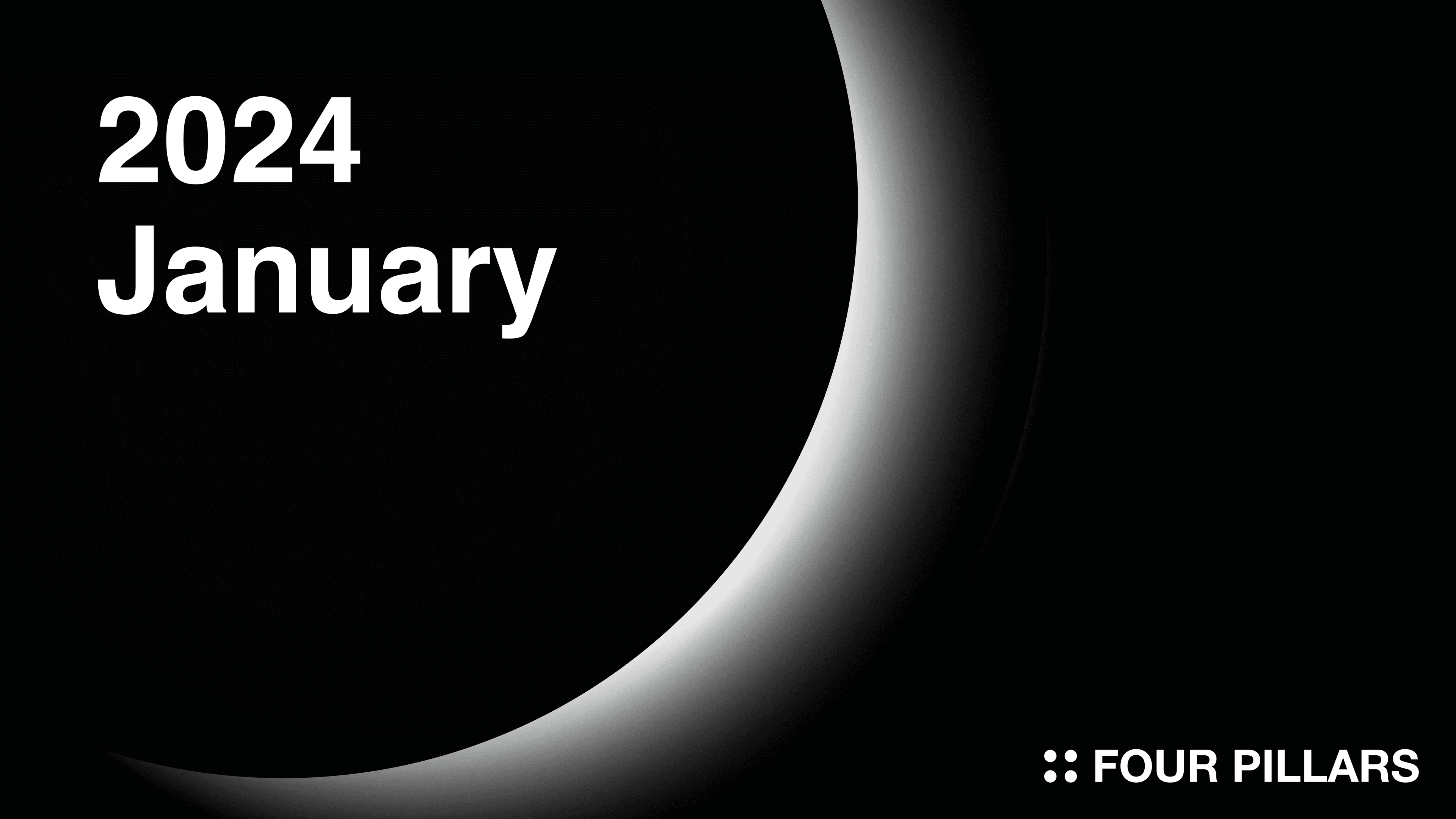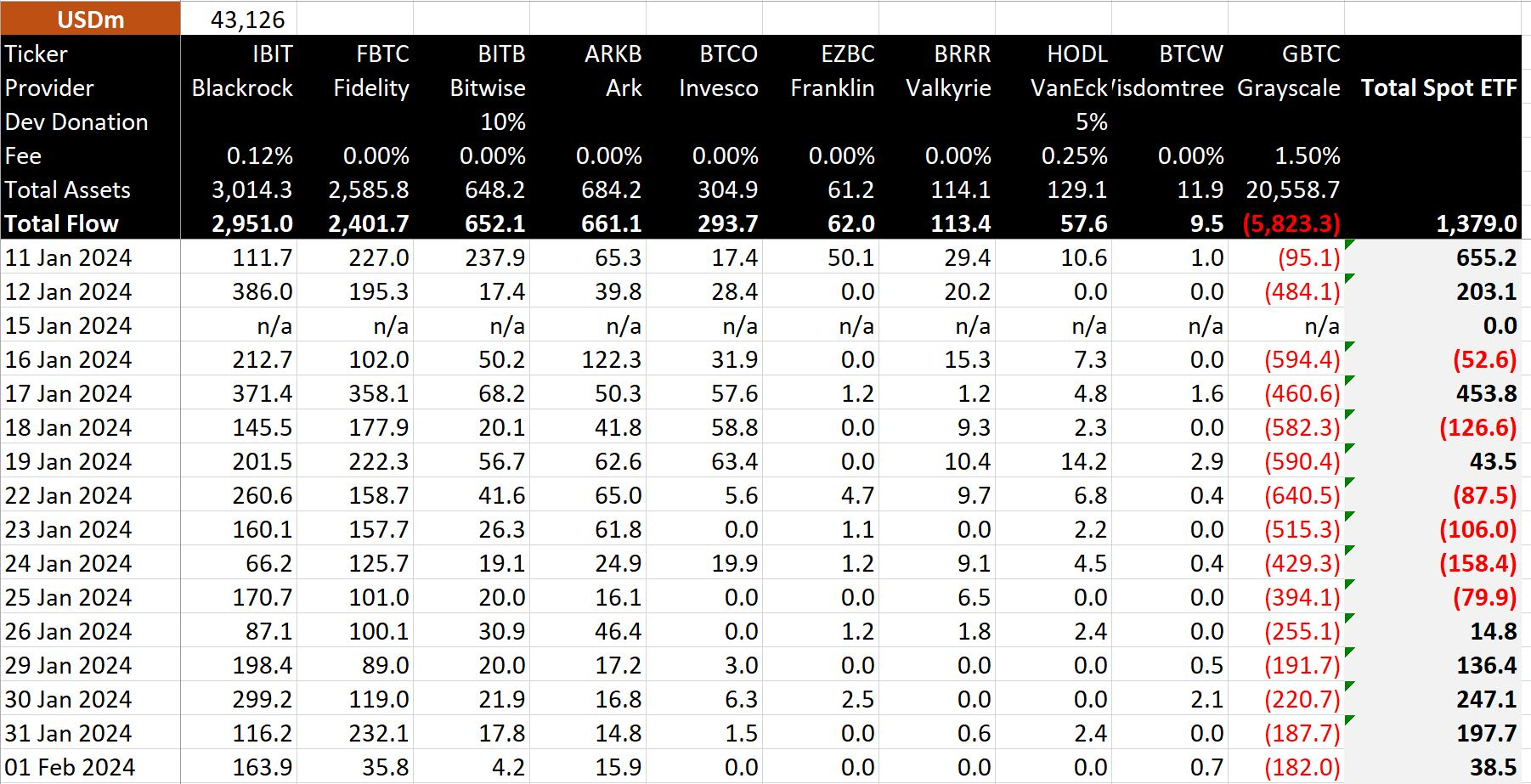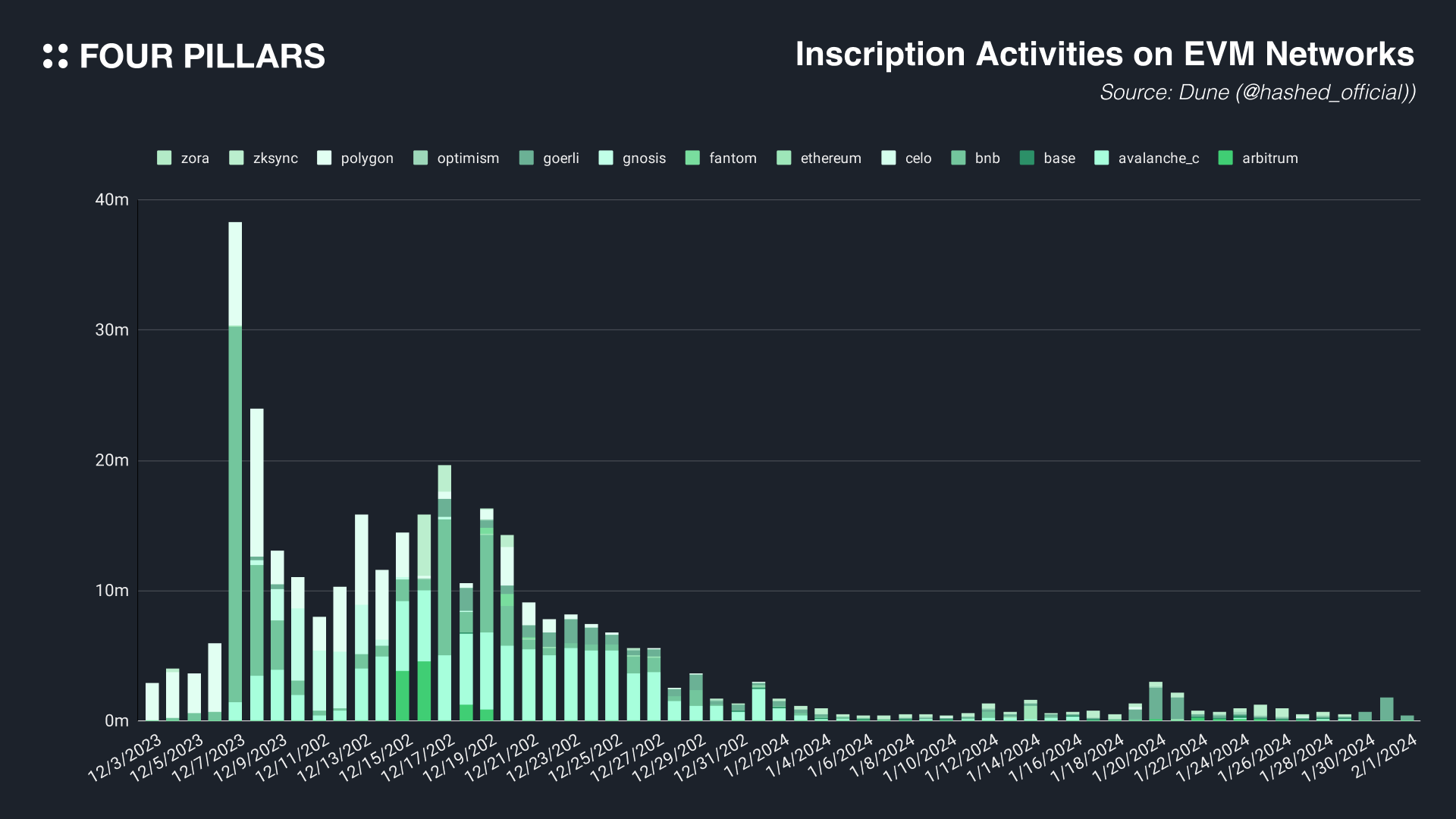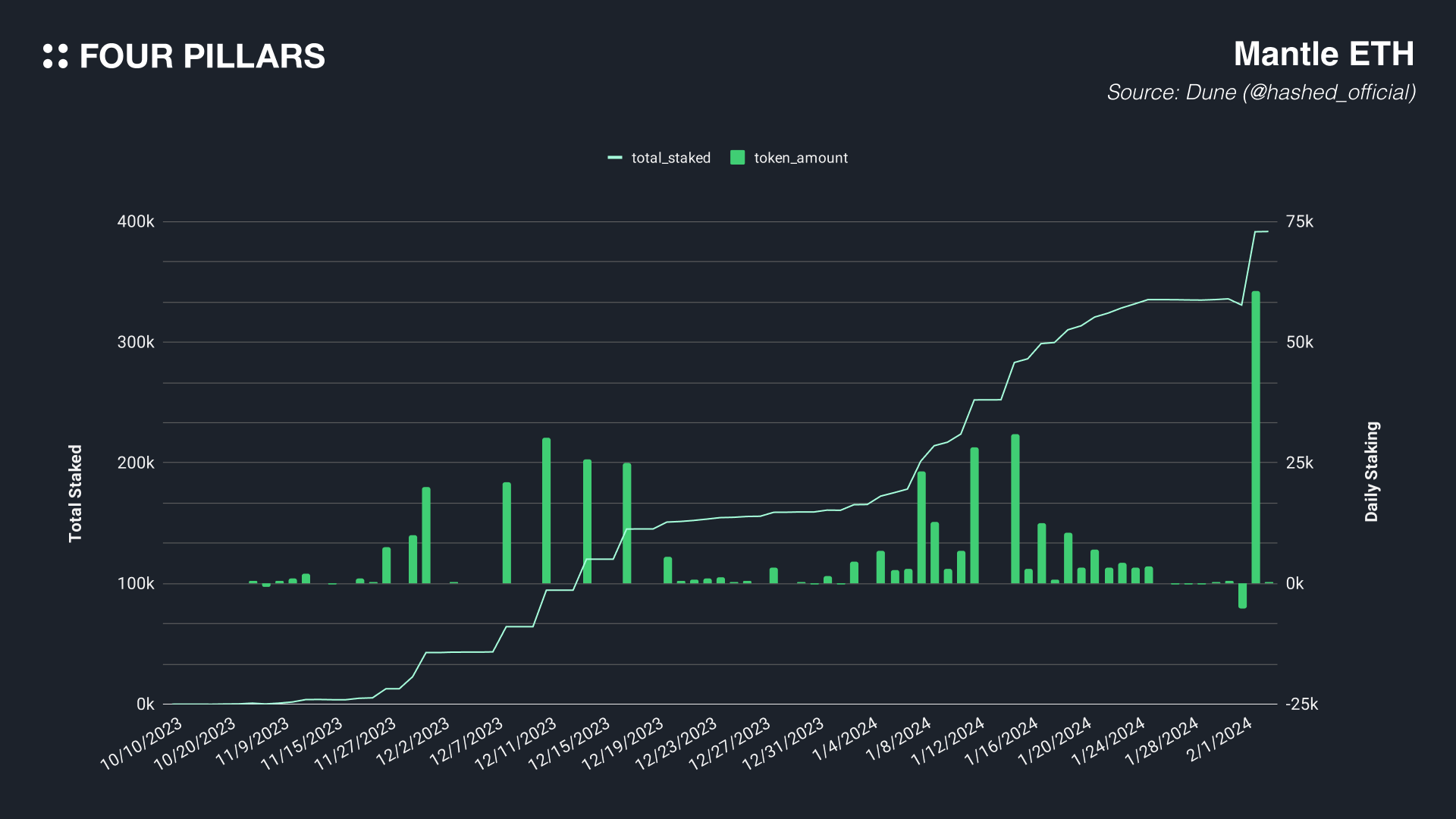

Recently, there have been a lot of new LRT protocols that unlock the liquidity of ETH deposited in EigenLayer. ether.fi leads in TVL rankings, followed by Puffer Finance, KelpDAO, Renzo, and Eigenpie. Notably, despite being one of the newest entrants, Puffer Finance has secured the second spot in popularity. This is likely due to its history of receiving a grant from the Ethereum Foundation and, more recently, investment from Binance Labs, making it particularly popular among retail investors. Projects like ether.fi and Renzo have successfully attracted seed investments from VCs, while Eigenpie positions itself as a community-led project without VC funding.
The rapid increase in TVL for LRT protocols is not only due to anticipation of airdrops from EigenLayer but also significantly attributed to Pendle Finance's contributions. Pendle Finance allows for trading tokens generating interest by separating the principal (PT) and the interest (YT). ETH re-stakers using Pendle Finance can supply liquidity for additional fee rewards, purchase PT for a risk-free increase in ETH quantity at maturity, or buy YT to leverage airdrop rewards in exchange for forfeiting the principal. Pendle Finance's TVL surged from around $220 million on January 10 to $720 million on February 4, thanks to LRT protocols.
Liquid staking has been a successful concept in the past, leading to the high popularity of LRT protocols. However, concerns arise from liquidity fragmentation. Each protocol has its own version of liquid restaked tokens, with projects like Eigenpie further fragmenting liquidity based on the type of LST (e.g., mstETH, mswETH, mmETH, …). This fragmentation can degrade the user experience in DeFi and raise concerns about ETH deposits, concentrating on a few LRT protocols. It remains to be seen whether the numerous LRT protocols launched recently will grow equitably or if a market winner will emerge.

Source: BitMEX Research
On January 11, 2024, trading of BTC spot ETFs began for the first time, marking a smooth start with a trading volume of $4.6 billion on the first day. However, from the second day onwards, there was significant selling pressure from GBTC, leading to instances where the net flow of ETFs was negative. This situation arose due to two main factors: 1) the selling pressure from holders who had previously bought GBTC at a discount due to its negative premium, and 2) the shift of investors to other ETFs due to GBTC's high management fee of 1.5%. Over a month, about $5.8 billion worth of GBTC was sold, with $20.6 billion remaining. This amount is roughly 2.7 times larger than the combined total of other BTC spot ETFs. However, the good news is a decreasing trend in GBTC sales since January 22, leading to a net inflow into BTC spot ETFs and sending a positive signal to the market.

Inscription, recording text on a specific storage space within blockchain networks, started with the Bitcoin network and rapidly spread to other networks. However, activity related to inscriptions on EVM networks was notably low in January compared to the previous month. This can be attributed to a couple of reasons. Firstly, unlike the Bitcoin network, EVM networks inherently come with a token standard, which led to a quick decline in popularity compared to the impact of BRC-20 tokens. Secondly, there's a lack of infrastructure. While the Bitcoin network continues to develop infrastructure around inscriptions and BRC-20 tokens, including marketplaces, EVM networks have seen little to no infrastructure development for inscriptions. In contrast, the Bitcoin network still experiences high levels of inscription activity, and its ecosystem is rapidly growing. Inscription activities are expected to remain significant primarily within the Bitcoin network, which has already established a network effect.

Mantle LSP is rapidly growing. It is a liquid staking protocol launched on the Mantle, an Ethereum L2 network. Although there are no significant technical differences compared to other liquid staking protocols, Mantle LSP has been growing quickly, thanks to an event offering double the interest rate for a certain period. This event is considered sustainable since the interest comes from the staked ETH held in Mantle's treasury. Despite setting a limit on ETH staking and increasing it gradually, Mantle LSP has reached the 4th position in TVL within the ETH liquid staking sector, which is about half of the 3rd place holder, Binance ETH. Since Mantle has merged with BitDAO, which holds one of the largest treasuries, it will be interesting to watch what moves it will make in the future with its substantial treasury resources.
NEAR's Data Availability layer has integrated with Polygon CDK
Introducing Anzen Protocol: Optimizing Operator Payments on EigenLayer
Introducing Libre, Polygon CDK-Based Institutional Network for Alternative Assets
CoW Swap turns on the ‘fee switch’ to cash in on its $33bn trading volume
Celsius has started the process of recalling and rebalancing assets by unstaking ETH
Four Pillars secures $0.5M from Kakao Ventures, Hashed, and Bass Investment
The launch of Polygon AggLayer V1 in February is a pivotal part of the Polygon 2.0 roadmap, aiming to achieve a 'Unified Liquidity' vision. Considering the demand for infinite scalability and app optimization, the future inevitably leans towards multi-chain ecosystems despite their potential to degrade UX. Polygon AggLayer, connecting ZK L1 and L2 networks, promises to offer users a seamless UX across multiple networks through validity proofs. For those interested in a deeper dive into Polygon AggLayer, refer to the detailed article 'Polygon AggLayer: Innovating Multi-chain UX' by 100y.
After a prolonged development period, Taiko has unveiled its final testnet, Katla (Alpha-6). As a zk rollup network aiming for Type-1 zkEVM (EVM-equivalent), Taiko has been progressively enhancing its testnets with new features such as a decentralized prover approach and a Based rollup. The latest testnet showcases a Based Contestable Rollup with a multi-proof system, enhancing system stability by adopting a diversified proof system approach akin to Ethereum's client diversity concept. The anticipated mainnet debut at the close of Q1 2024 is expected to unveil the most decentralized version of zkEVM yet.
Frax Finance, a decentralized stablecoin platform that also supports ETH liquid staking, is set to launch an Ethereum L2 network named Fraxtal in February. Built on the OP Stack, Fraxtal will support all existing Frax Finance services and introduce a system for staking FXS to earn FXTL points, with both frxETH and FRAX serving as gas tokens.
On January 16, 2024, Klaytn and Finschia, blockchain projects initiated by Asia's leading IT services Kakao and LINE, proposed a merger to their communities, aiming to become Asia's No.1 blockchain. Governance voting began on January 26, with the Klaytn community largely in favor and the Finschia community mostly opposed. The voting process was tumultuous, with validators like Bughole and GoodGang Labs initially opposing. However, GoodGang Labs later switched to support, and many votes were delegated to A41, a strong opponent, leading to voting confusion. The foundations have announced a pause in voting, with plans to resume after a week, as detailed in their announcement. For more information on the merger, readers can refer to 'Mainnet Merge Proposal from Finschia and Klaytn: The Past and The Path Forward' by 100y.
Thanks to Kate for designing the graphics for this article.
Dive into 'Narratives' that will be important in the next year